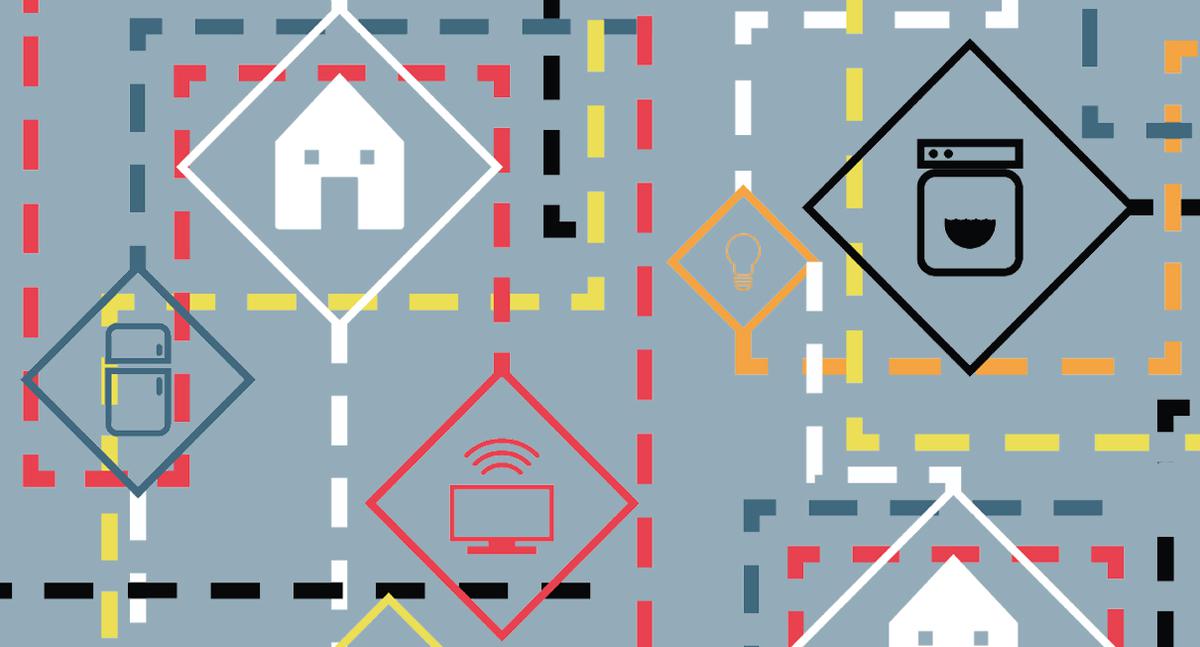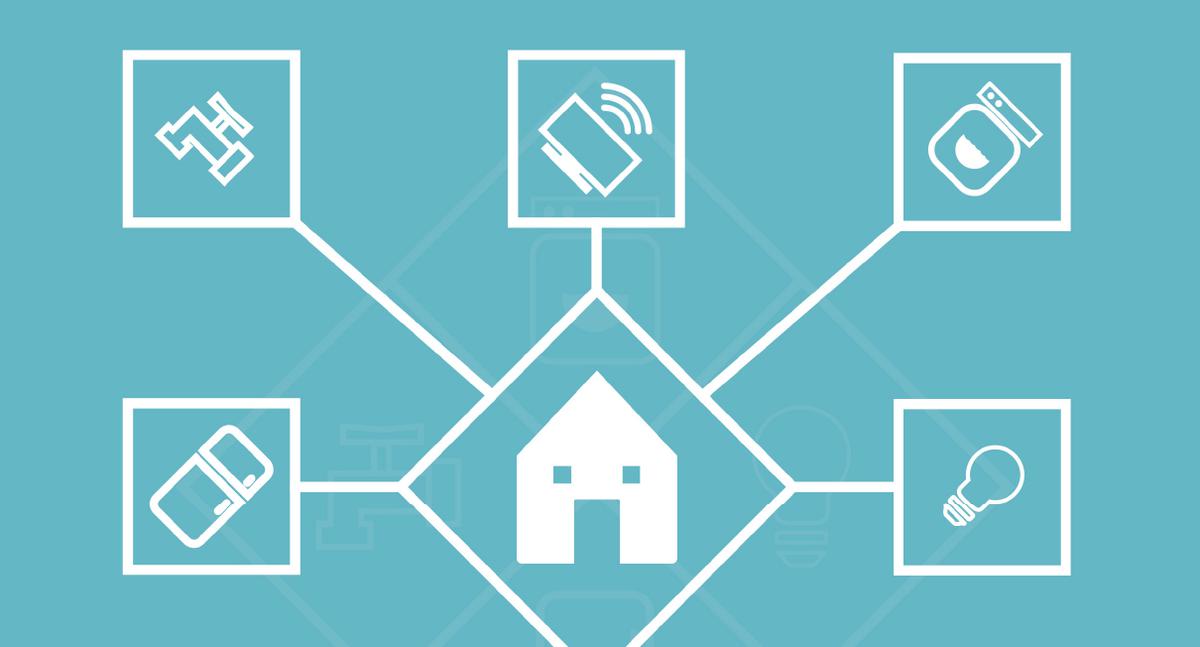If you’ve already seen the 2004 movie Stepford Wives, you probably have a good idea by now of what homes of the future would look like—minus the fancy vintage outfits and wives-turned-into-robots.
Imagine today’s typical home crammed with elements from the aforementioned cult classic, such as a talking security system that locks the whole house down when ordered to do so, a refrigerator that tells you when to stock up, a toilet system that examines waste to monitor your health, and a smart home system, controlled through touch screen panels spread across the house, that networks all the appliances together. These days, our homes are to some extent already connected. It may not look as robotic or Jetsons-like as you’d think, but the future is already upon us.
Though we are still in the age where the populace still hasn’t fully embraced the concept of a connected home, the drive towards the creation of efficient, intelligent abodes accelerates with each passing day. The home is evolving little by little. What started with little smart technologies incorporated into our handsets has spurred an ecosystem of little to big devices that can communicate with each other through the Internet. You have an internet connection at home, yes? You also probably have a few Bluetooth-, NFC-, and internet-capable devices, besides your smartphone, tablet, or laptop, sitting around parts of your house. You may not see it now, but that’s already a small stride towards home automation. The only thing that’s missing is integration; a system that will tie all these together.
Looking ahead, a connected home promises an easier life. Effortless in a way that when you get out of bed in the morning, sensors fixed within the walls of your room will alert the coffee maker in the kitchen you’re on your way. While making your way to the kitchen, lights will automatically turn on and off as you pass. As you drink your coffee, your shower system will gradually heat up for a refreshing bath. Ready to leave the house, you step out the front door, take out your smartphone, shut all the appliances off, and lock down the house via a home app. And, while you are away, you can start the laundry, or monitor your kids who just arrived from school remotely through your phone. The possibilities stretch as far as the mind can envision.

It makes sense in a way that it doesn’t only make repetitive tasks trouble-free, putting it all under the control of a single system makes keeping track of the whole lot uncomplicated. Most probably, apart from the Internet or hub that connects all the appliances, there will be an app or platform where you can monitor the energy consumed by each device. Though new tech installations may add a couple of zeros to the bill, you can efficiently manage energy use and drive electricity costs down with just the flick of a finger.
In sci-fi movies, we’ve learned that tech innovations are either a hit or a miss. There are times you can depend on it but there are also several occasions it becomes the foil. They say you can never put too much trust on things that operate on chips and gears, but tech has in a way provided solutions no man can ever offer. Security is one area where tech fills in for human constraints. Motion sensors, burglar alarms, and remote cameras and monitoring systems can give you a peaceful sleep at night. It’ll also keep you and your investments safe by recognizing which persons are allowed to come in and keep those who aren’t registered to the system out. If these installations don’t make you feel safe, we don’t know what will.
How will all these look when integrated in my home? The way it will turn out depends on the home owner, but basically the concept is that you can’t even tell it’s all connected. Everything will still look the same, save for future innovations in terms of design, but the functionalities will be at levels more akin to J.A.R.V.I.S. To put it simply, the home would react to you but you wouldn’t be able to tell.
What’s there to look forward to in the Internet of Things (IoT) market in the coming years? For kitchen-ware, companies have projected surfaces you can prepare meals, send messages, video conference, and get social media alerts on just like your smartphone display. These surfaces are also smart enough to turn into induction cookers when say you place a pot on top of them. You’ll also be ecstatic to know that refrigerators of the kitchen years from now will flash its content on a display and suggest what dishes you could make with what’s in it. Refrigerators will also be intelligent enough to inform you that you tipped a water container over when you closed it and flash it on the TV where you are currently watching a show. How all these will work in concert leaves
the mind something to ponder on, but head to page 26 for a more in-depth explanation of IoT.
The benefits you can get from a connected home is, beyond doubt, inviting. However, the cost of automating a home is expensive and will force you to an all-cracker diet for until your finances recuperate. The current value propositions of a connected home are still obscure at present. Yes, the advantages of having a connected abode can quite be beguiling visually, but that is not yet enough to achieve mainstream market penetration.
The path toward this concept is laden with many complications but companies are showing no signs of slowing down. The home of the future is turning out to be a tangible reality more than just being a fancy gimmick.
Also published in GADGETS MAGAZINE September 2015 Issue
Words by Mia Carisse Barrientos
